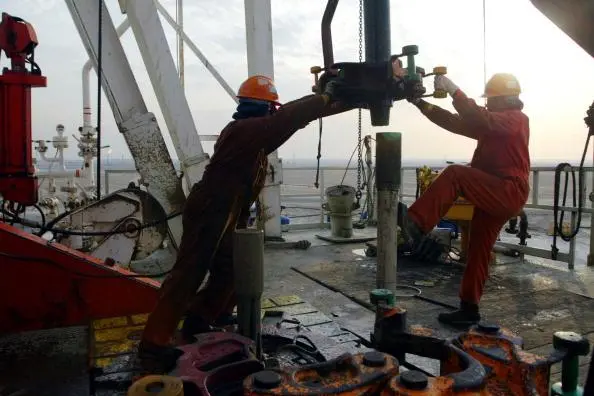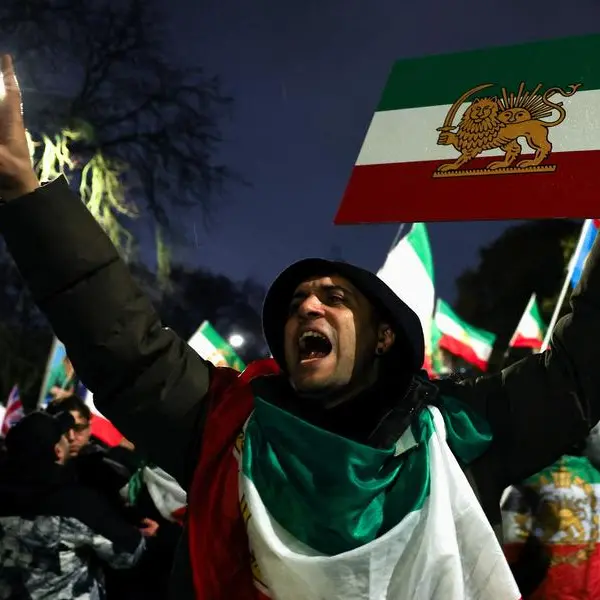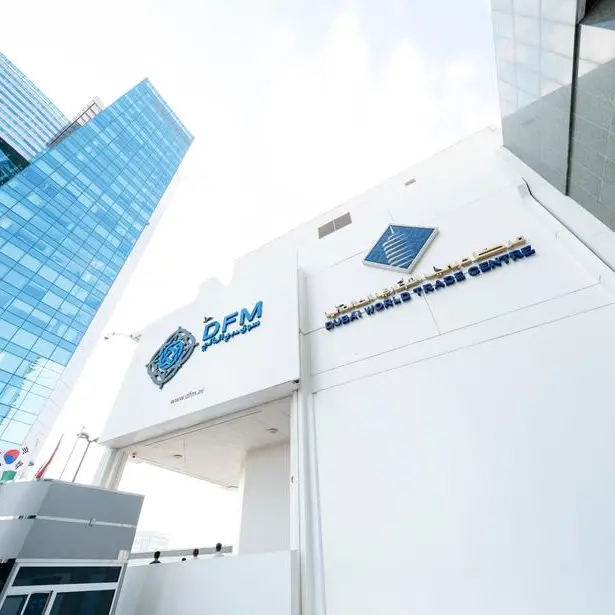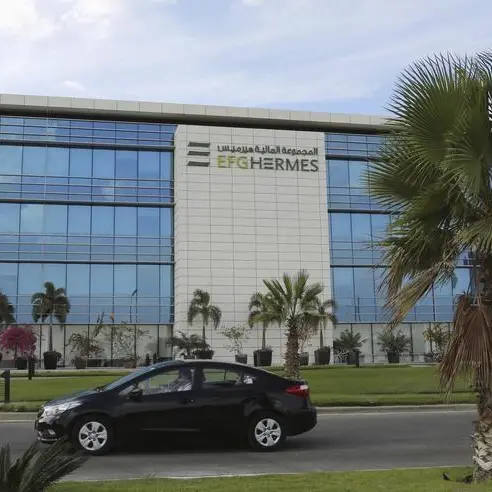PHOTO
Al-Shall’s weekly report disclosed that with the conclusion of the 2023/2024 fiscal year, expenditure allocations in the budget reached approximately 26.32 billion dinars, while total revenues were estimated at around 19.46 billion dinars. Notably, oil and gas revenues accounted for roughly 88.2% of total revenues, totaling approximately 17.16 billion dinars, reports Al-Qabas daily. The report emphasized the significance of actual results in the final account, which is typically delayed. It highlighted that the average price of a barrel of Kuwaiti oil for March 2024 was approximately $84.4, exceeding the budgeted price of $70 per barrel by $14.4, or about 20.6%.
However, this average price was approximately 13.1% lower than the previous fiscal year’s average of $97.1 per barrel. This decrease was attributed to Kuwait’s reduced oil production per the “OPEC+” agreements, stabilizing at 2.41 million barrels per day as of January 1, 2024, about 9.8% lower than budget estimates. Regarding oil revenues, Al-Shall assumed that Kuwait earned about 21.28 billion dinars for the entire fiscal year 2023/2024, surpassing the budgeted estimate by approximately 24%. When combined with non-oil revenues totaling about 2.29 billion dinars, total expected revenues for the fiscal year are projected to reach approximately 23.58 billion dinars.
However, comparing this figure with expenditure allocations suggests a potential deficit of about 2.74 billion dinars unless total expenses are reduced. In the banking sector, Al-Shall’s report highlighted significant growth in net profits for Kuwaiti banks in 2023 compared to 2022. Net profits for 2023 amounted to approximately 1.53 billion dinars, representing a record level and a 30.4% increase from 2022. Although profits for the fourth quarter of 2023 decreased compared to the same period in 2022, most banks experienced increased profitability throughout the year.
Additionally, the report noted a slight decrease in the total allocations held by banks in 2023 compared to 2022. Traditional banks accounted for 54.2% of total net profits, while Islamic banks contributed 45.8%, with both experiencing significant increases from 2022. The price-to-earnings (P/E) multiplier for the banking sector decreased to approximately 15.6 times compared to 22.2 times in 2022. Profitability indicators, including return on total assets and return on equity, also improved compared to the previous year. Furthermore, total cash distributions to the nine banks increased by about 16.6%. Kuwait Finance House recorded the highest contribution to bank profits in 2023, followed by the National Bank of Kuwait. These two banks accounted for about 74.6% of total profits, with the remaining banks contributing approximately 25.4%. Burgan Bank was the only bank to experience a decrease in profits, while the Commercial Bank of Kuwait had the highest participation percentage among the remaining banks.
Al-Shall indicated that oil revenues were estimated according to the following principles:
■ The share of crude oil production is equivalent to 2.67 million barrels per day.
■ The estimated price of a barrel of Kuwaiti oil is $70 per barrel.
■ The approved exchange rate is 304 fils to the dollar.
■ Gas revenues amounting to about 297.3 million dinars.
■ Production costs estimated at 3.97 billion dinars were deducted.
■ Non-oil revenues were estimated at approximately 2.29 billion dinars. According to the Al-Shall report, the performance of the Commercial Bank of Kuwait for the year ending December 31, 2023, exhibited significant improvements across various profitability indicators compared to the end of 2022.
Here’s a summary of the key findings: Return on Average Assets (ROA) — Increased to approximately 2.6%, compared to around 1.7% at the end of 2022. Return on Equity (ROE) — Rose to about 16.8%, a notable increase from 9.9% recorded previously. Return on Capital (ROC) — Experienced a substantial rise to around 55.8% from the previous figure of 37.0%. Earnings Per Share (EPS) — Increased significantly to about 59.9 fils, compared to 37.2 fils previously. Price/Earnings Per Share (P/E) Ratio — Improved to approximately 8.7 times, indicating a better valuation compared to about 13.4 times at the end of 2022. This improvement resulted from a larger increase in earnings per share (approximately 61.0%) compared to the share price, which increased by about 4.0%. Price/Book Value (P/B) Ratio rose to about 1.6 times from about 1.5 times at the end of 2022. These results reflect the bank’s enhanced profitability and shareholder value, as evidenced by improved returns on assets, equity, and capital, along with increased earnings per share and favorable valuation metrics.
Arab Times | © Copyright 2024, All Rights Reserved Provided by SyndiGate Media Inc. (Syndigate.info).





















